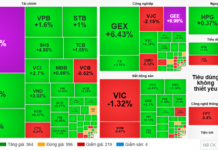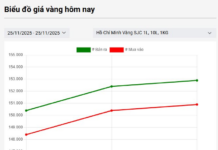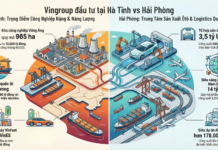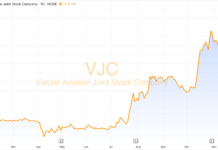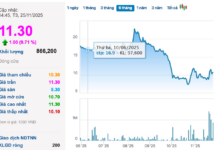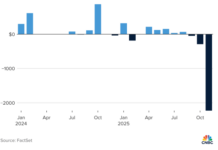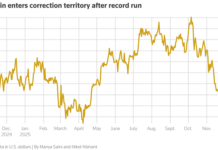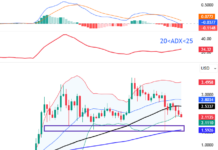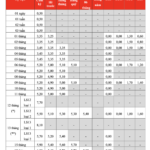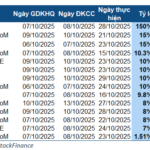As October 2025 rolls in, the Honda Air Blade remains one of the most sought-after scooters in the market. However, the significant price gap between the manufacturer’s suggested retail price (MSRP) and the actual dealership price persists, with premiums exceeding 10 million VND for top-tier models.

In October 2025, Honda Vietnam has maintained the MSRP for the Air Blade lineup. Here’s the breakdown:
- For the Air Blade 125cc:
- Standard Edition: 42,012,000 VND
- Premium Edition: 42,502,909 VND
- Special Edition: 43,190,182 VND
- Sport Edition: 43,681,091 VND
- For the Air Blade 160cc:
- Standard Edition: 56,690,000 VND
- Premium Edition: 57,190,000 VND
- Special Edition: 57,890,000 VND
- Sport Edition: 58,390,000 VND
According to recent reports, the price disparity between the MSRP and dealership prices (on-the-road prices) remains substantial. Notably, the Air Blade 160 Special Edition and Air Blade 160 Sport Edition are selling for over 10 million VND above the suggested retail price.
Other variants of both the Air Blade 125 and 160 also exhibit common markups starting from 8 million VND.
Below is the detailed price list for the Honda Air Blade in October 2025 for your reference:
Latest Honda Air Blade Price List – October 2025
| Variant | Color | MSRP | Dealership Price | Difference |
| Air Blade 125 Standard | Black Silver | 42,012,000 | 50,200,000 | 8,188,000 |
| Red Black Silver | 42,012,000 | 50,200,000 | 8,188,000 | |
| Air Blade 125 Premium | Silver Red Black | 42,502,909 | 50,700,000 | 8,197,091 |
| Silver Blue Black | 42,502,909 | 50,700,000 | 8,197,091 | |
| Air Blade 125 Special | Black Gold | 43,190,182 | 51,500,000 | 8,309,818 |
| Air Blade 125 Sport | Gray Red Black | 43,681,091 | 52,200,000 | 8,518,909 |
| Air Blade 160 Standard | Black Silver | 56,690,000 | 65,000,000 | 8,310,000 |
| Air Blade 160 Premium | Silver Blue Black | 57,190,000 | 66,000,000 | 8,810,000 |
| Air Blade 160 Special | Blue Black Gold | 57,890,000 | 68,000,000 | 10,110,000 |
| Air Blade 160 Sport | Gray Red Black | 58,390,000 | 69,000,000 | 10,610,000 |

The Honda Air Blade has long established itself as one of the most popular scooters among Vietnamese consumers and is the best-selling model in its segment. Its appeal lies not only in its youthful, robust, and dynamic design but also in its advanced eSP+ engine, delivering powerful performance, durability, and fuel efficiency.
ACB Bank Interest Rates October 2025: Highest Returns on 12-Month Deposits
In early October 2025, ACB introduced the highest interest rates for individual customers depositing online for 12 months or more.
Week of October 6-10: Sugarcane Company Stands Out with 150% Dividend Payout
During the week of October 6–10, the number of companies announcing dividend payout rights significantly decreased compared to the previous week. Only 14 companies disclosed dividend rights, with the highest payout ratio reaching 150%—equivalent to 15,000 VND per share—belonging to a sugar company.

